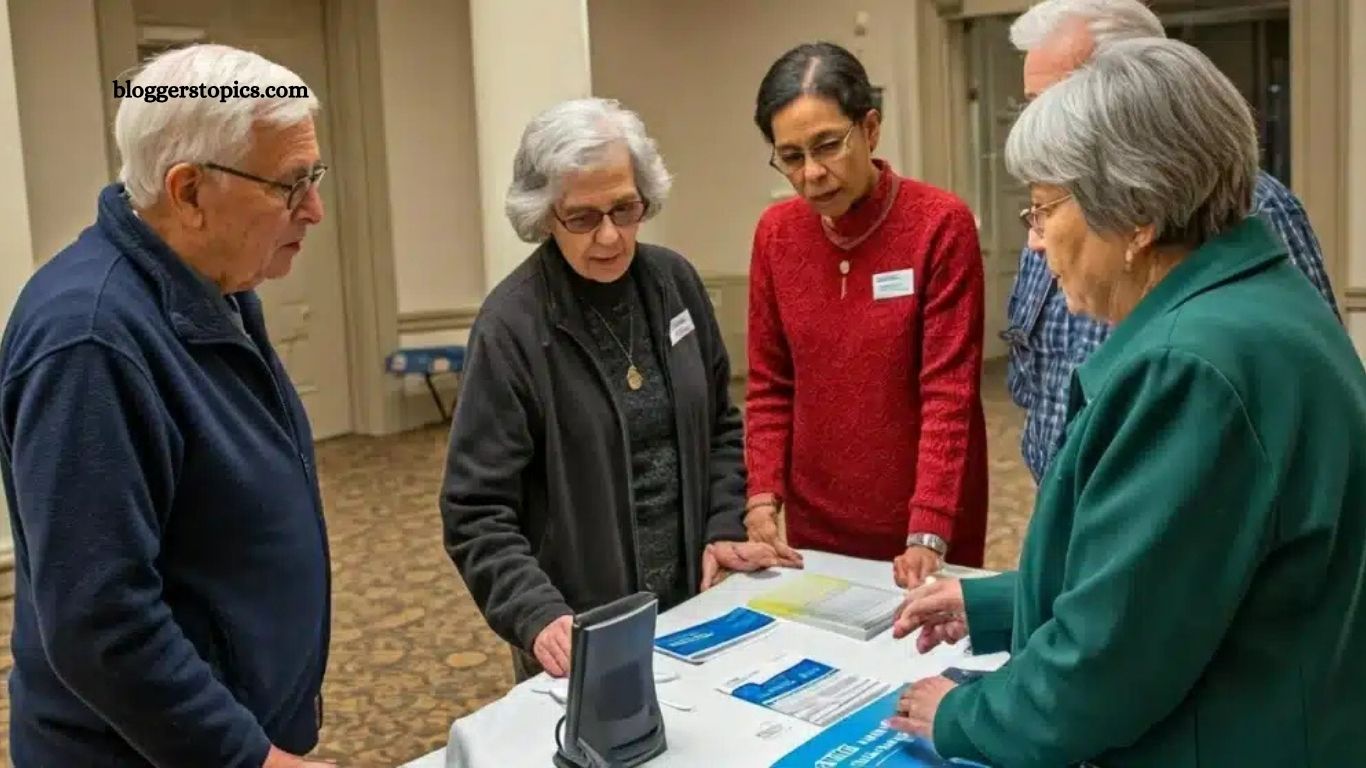A recent study has revealed that men are twice as likely to die from a rare but serious heart condition known as “broken heart syndrome,” or stress cardiomyopathy. This condition, often triggered by intense emotional or physical stress, causes the heart muscle to weaken suddenly, mimicking symptoms of a heart attack.
While it has long been considered more common in women, particularly after emotional trauma, the new findings suggest that men face a significantly higher risk of fatal outcomes when diagnosed. Researchers believe that differences in how men and women respond to emotional stress and seek medical attention may contribute to this disparity. The study sheds new light on the importance of early diagnosis and gender-specific approaches to treatment.
Read More: Southwest Airlines to Require Passengers to Store Portable Chargers During Flights
Men Face Higher Risk of Death from “Broken Heart Syndrome,” Despite Fewer Cases
New research highlights a troubling disparity in outcomes for takotsubo cardiomyopathy—commonly known as “broken heart syndrome.” While women account for the vast majority of cases, men appear to be more than twice as likely to die from the condition.
The study, published in the Journal of the American Heart Association, found that the condition, often triggered by severe emotional or physical stress, carries a significant risk of serious complications such as heart failure, stroke, and cardiogenic shock. Despite medical advances, mortality and complication rates have remained alarmingly high over the past five years. Experts say more research is urgently needed to understand these sex-based differences and to improve treatment for those most at risk.
A ‘Woman’s Disease’ That’s Far Deadlier for Men
Though often viewed as a “woman’s disease,” takotsubo cardiomyopathy (TC) appears to be far more lethal for men, according to new research analyzing data from nearly 200,000 hospitalizations between 2016 and 2020. Using the Nationwide Inpatient Sample (NIS) database, researchers found that while women made up 83% of cases, men had more than double the risk of dying—11.2% compared to 5.5% in women.
The average patient age was 67, and most diagnoses were in white individuals (80%), raising questions about racial disparities in diagnosis or prevalence. Despite TC being a transient condition with most patients recovering within two months, the study showed an overall mortality rate of 6.58%, nearly three times that of other hospitalized patients.
Cardiovascular complications were common among TC patients: 36% developed heart failure, 21% had atrial fibrillation, 7% experienced cardiogenic shock, and 5% suffered strokes.
Experts caution that while the data show a stark sex-based mortality gap, the study’s retrospective nature limits conclusions about causation. Dr. Abha Khandelwal, a cardiologist at Stanford, noted that stereotypes around TC being a “woman’s disease” may delay diagnosis or treatment in men, similar to how heart attacks in women were historically . She added that the high mortality rate may also be influenced by underlying comorbidities in critically ill patients.
The authors further acknowledged that growing awareness of TC among physicians could have led to increased recognition and diagnosis, potentially impacting the numbers observed in the study.
What Causes a ‘Broken Heart’?
Takotsubo cardiomyopathy (TC), often called “broken heart syndrome,” is a mysterious and poorly understood heart condition that typically strikes in response to sudden emotional or physical stress. Common triggers include the death of a loved one, intense fear, or even surprise—such as in one case where a woman developed TC after being startled by her grandchild. These stressors can cause a surge of stress hormones, particularly catecholamines like norepinephrine and epinephrine, which temporarily “stun” the heart’s left ventricle and impair its ability to pump blood effectively.
Symptoms mimic those of a heart attack—chest pain, shortness of breath, dizziness, and palpitations—but unlike a typical heart attack, TC does not involve blocked coronary arteries. Diagnosis often requires ruling out heart blockages through angiography, followed by imaging such as echocardiograms to detect changes in the heart muscle.
Although TC represents about 2–3% of acute coronary syndrome cases—and up to 6% in women—it is likely underdiagnosed due to its similarity to heart attacks. Adding to the complexity, TC can also be triggered by physical trauma like car accidents or surgery, and in some cases, it appears without any clear cause.
Despite growing awareness, much about TC remains unknown: why it affects certain people, what makes some cases more severe, and whether there is a threshold of stress that tips the balance. “We still can’t predict who’s going to get it,” says Dr. Abha Khandelwal. “And of those who do, we don’t know who’s going to have a more dangerous form.”
Frequently Asked Questions
What is ‘Broken Heart Syndrome’?
‘Broken Heart Syndrome,’ medically known as Takotsubo cardiomyopathy, is a temporary heart condition often triggered by intense emotional or physical stress. It causes a sudden weakening of the heart muscle, especially the left ventricle.
Why is it called ‘Broken Heart Syndrome’?
The condition got its nickname because it often occurs after traumatic emotional events, like the death of a loved one, resembling the emotional toll of a “broken heart.”
Why are men more likely to die from this condition than women?
While women are more likely to develop TC, men have a higher risk of complications and death. The exact reason is unclear, but experts suggest that delayed diagnosis in men and a higher rate of associated health problems could contribute.
How is ‘Broken Heart Syndrome’ diagnosed?
Doctors typically rule out blocked arteries using angiography, followed by imaging tests like an echocardiogram or MRI to assess the heart’s function and structure.
Can it be fatal?
Yes. While most people recover within weeks, the condition can lead to serious complications such as heart failure, stroke, or cardiogenic shock, and in rare cases, death—especially in men.
What causes it?
A sudden surge of stress hormones is believed to “stun” the heart, impairing its function. Emotional trauma (e.g., grief) or physical stress (e.g., surgery or accidents) are common triggers.
Can it be prevented?
There is no proven way to prevent it due to its unpredictable nature. Managing stress levels, maintaining heart health, and early medical attention during symptoms are key.
Conclusion
Takotsubo cardiomyopathy, or “broken heart syndrome,” remains a complex and often misunderstood heart condition. While it predominantly affects women, emerging research reveals that men face a significantly higher risk of death and complications, underscoring the need for greater awareness and early intervention across all populations.
The condition’s emotional and physical triggers, along with its resemblance to a heart attack, make timely diagnosis challenging. Although most patients recover fully, the persistently high mortality rate—particularly among men—highlights the urgency for more research into its causes, risk factors, and treatment strategies.







